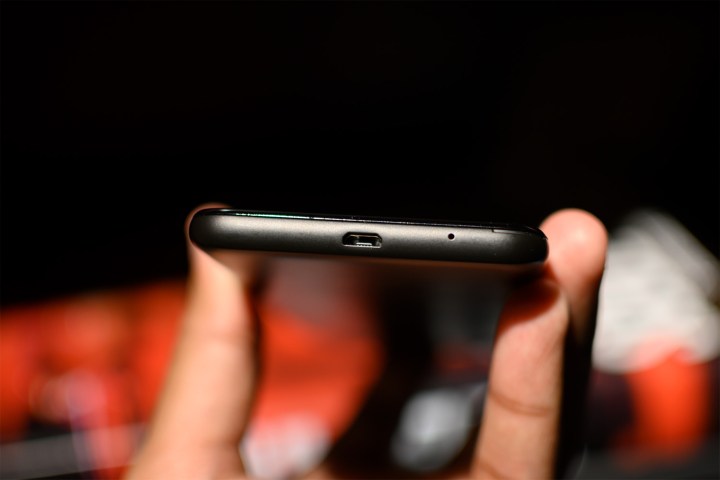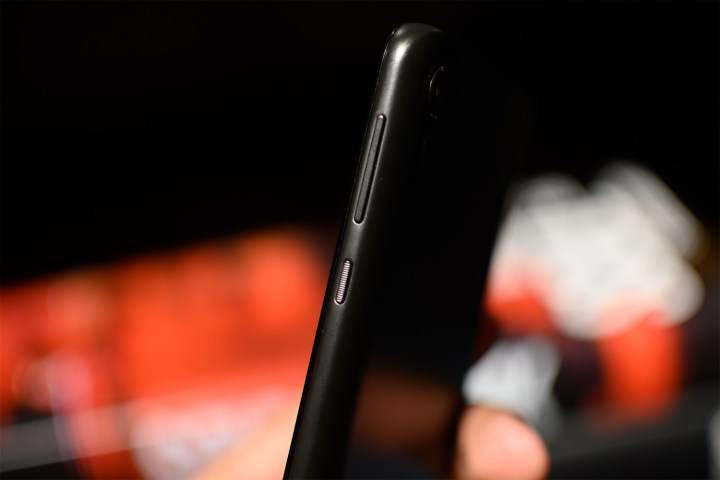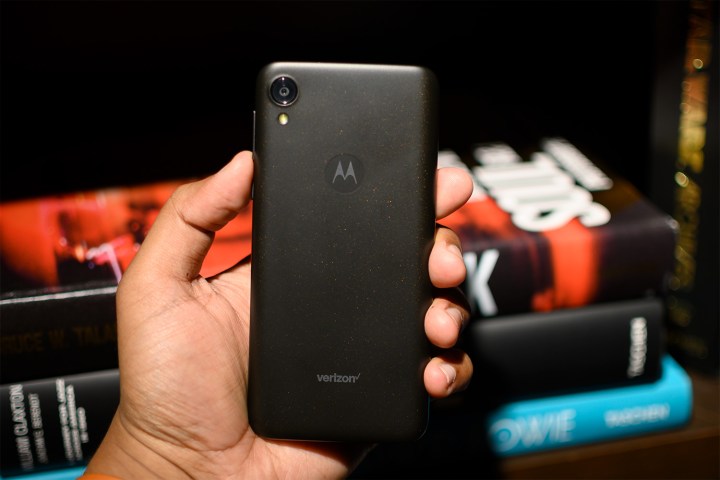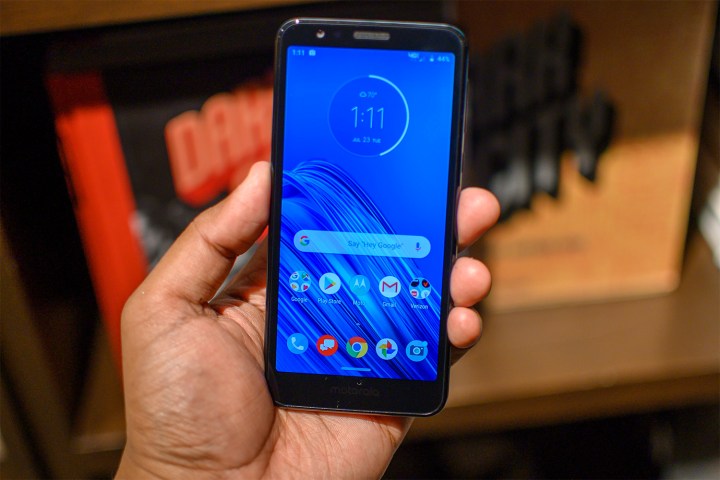
Fending off an onslaught of budget Nokia phones from HMD Global, Motorola’s attempting to hold onto its claim as the budget smartphone king, and its latest is the Moto E6, a $150 phone that focuses on strong foundations over special features.
The new Moto E6 and follows the Moto E5 Play and Moto E5 Plus from 2018. Here’s everything you need to know about it.
Design and display
As usually the case with budget phones, you won’t find flagship beauty or build materials in this affordable phone. It has a polycarbonate frame with a textured back panel, decorated with inlaid sparkling stars. The single rear-facing lens is in the top-left corner, and there’s no fingerprint scanner at all.
The textured power button is beneath the volume rocker, with the MicroUSB port at the bottom and the headphone jack at the top. The front has some hefty bezels around the 5.5-inch display, with a relatively large chin and forehead.
- 4. Moto E6
The Moto E6 also comes with a comparatively rare feature these days — a removable battery, so you can swap out for a new battery when your current one starts to age. It’s a good feature to see in a budget phone, and it can really boost a device’s longevity. That removable back cover does mean there’s no water-resistance, but it does have a water repellent coating to resist rain and spills.
The display is a 5.5-inch IPS LCD, running a 1.440 x 720 resolution in an 18:9 aspect ratio. It scores a pixels-per-inch rating of 296, so it’s not the sharpest screen around, but it will be more than satisfactory for most.
Specs and battery
There’s not much that stands out in the Moto E6’s internals.
Key Specs
- CPU: Qualcomm Snapdragon 435
- Memory: 2GB
- Storage: 16GB
- MicroSD storage: Yes, up to 256GB
- Screen size: 5.5 inches
- Resolution: 1,140 x 720
- Connectivity: Bluetooth 4.2, MicroUSB port, headphone jack
- Battery: 3,000mAh (removable)
- Size: 149.7 x 72.3 x 8.57 mm
- Weight: 159g (5.6oz)
- Operating system: Android 9.0 Pie
It’s powered by Qualcomm’s Snapdragon 435, the same processor in last year’s Moto E5 Plus. There’s 2GB of RAM, and though it just packs 16GB of internal storage, there’s a MicroSD slot for up to 256GB of additional space. That’s a whole lot of extra songs, videos, and photos. Unfortunately, there’s no NFC for Google Pay, and the Bluetooth connection is the outdated Bluetooth 4.2 LE.
There’s a reasonably sized 3,000mAh battery in the Moto E6, and with the reasonable specs on offer, it should be able to provide a day’s use with ease. If it does run low, you can even swap it out for another one, thanks to it being removable.
Software
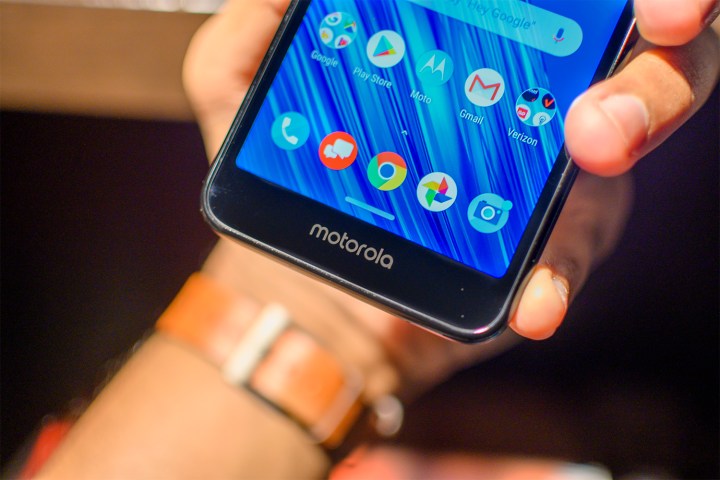
It’s good news if you love pie — the Moto E6 is running the latest version of Android 9.0 Pie. Like the Moto E5 range, the Moto E6 will run close to stock Android, with a few additional Motorola apps. But there’s not much hope for updates. The Moto E5 range was sold without any prospect of upgrades to future versions of Android, and Motorola told Digital Trends there are no scheduled updates for the Moto E6, which means it won’t even get Android 10 Q, which is expected to launch in August.
Camera
Budget phones often struggle to provide a good camera, and Motorola will be hoping the Moto E6’s camera suite will stand out as an exception. There’s a single 13-megapixel lens around the back of the phone with an aperture of f/2.0, phase detection autofocus (PDAF), and the ability to capture 1080p video. Around the front you’ll find a 5-megapixel selfie camera.
The Moto E6 also comes with a number of fun features, including portrait mode, the ability to save RAW files, Spot Color mode, and more.
Release date and availability
The Moto E6 comes in your choice of Starry Black or Navy Blue and is exclusively available from Verizon for $150. It will also come to T-Mobile, Metro by T-Mobile, Boost Mobile, U.S. Cellular, Consumer Cellular, and Xfinity Mobile. An unlocked model is also coming to Amazon, Best Buy, B&H Photo, and Walmart.
